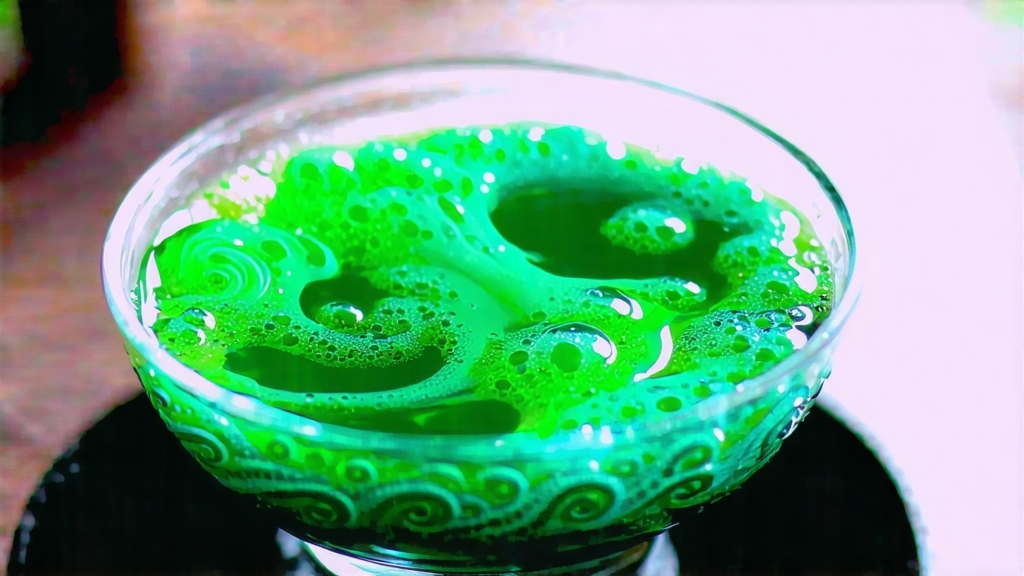
Tucked between the mist-laden hills of Dongting Mountain and the gentle ripples of Taihu Lake in Jiangsu Province, Biluochun—literally “Green Snail Spring”—has been seducing tea lovers since the late Ming dynasty. Legend claims a tea picker ran out of basket space and tucked fresh shoots between her breasts; the warmth released an intoxicating fragrance that startled a passing monk, who christened the tea “Scary Fragrance.” The Kangxi Emperor, tasting it in 1699, found the name inelegant and rechristened it Biluochun for its snail-like curl and spring harvest. Thus an imperial tribute tea was born, carried on fast horses to Beijing along the Grand Canal, wrapped in silk and lotus leaves to preserve its famous aroma.
Biluochun is not a single cultivar but a micro-ecosystem of tiny-leafed tea trees interplanted with fruit trees—peach, plum, apricot, loquat—whose roots share the same acidic, well-drained granite soil. The shade and floral exhalations of the orchard slow photosynthesis, concentrating amino acids and aromatics. Only the bud and the immediately adjacent leaf are plucked, ideally before Qingming festival when the spring mist is thickest and temperatures fluctuate between 10 °C and 15 °C. One kilogram of finished tea demands sixty to seventy thousand shoots, all picked within the two-hour window after dawn when dew still glistens and cell turgor is highest.
The craft begins the moment the baskets reach the village courtyard. Leaves are spread thinly on bamboo trays for two hours of withering, just long enough for edge-softening without obvious moisture loss. Then comes the kill-green stage, unique among Chinese greens for its low-temperature pan-firing. A 90 cm diameter iron wok is heated to 180 °C, brushed with spring water, and charged with 250 g of leaves. The master’s bare hands flutter like phoenix wings, flicking the leaves against the hot metal for precisely 3–4 minutes until a faint popping sound—“the whisper of the snail”—signals enzyme deactivation. The temperature is then dropped to 70 °C and the same leaves are rolled for twenty minutes, first lightly to shape the curl, then vigorously to break surface cells and release sap that will oxidize microscopically and caramelize into the tea’s signature fruity note. A final three-minute re-firing at 60 °C locks in fragrance and drops moisture to 5 %. The entire process is completed within four hours of plucking, a race against enzymatic browning that only the most experienced teams can win.
To brew Biluochun internationally, forget the porcelain gaiwan you reserve for Dragon Well; this tea demands transparency. Use a 250 ml tall glass so the spectacle of unfolding spirals can be observed. Pre-warm the glass with 80 °C water, then add 3 g of tea—about a heaping teaspoon. Pour water along the wall to avoid scorching the downy tips. The first infusion, thirty seconds, releases orchid and lychee top notes; the buds hover mid-glass like green comets before drifting down. The second infusion, twenty seconds, deepens into white peach and a faint marine salinity reminiscent of Taihu’s breeze. By the third, honeyed magnolia lingers on the soft palate. Do not exceed 85 °C at any point; higher temperatures extract bitter tannins that eclipse the tea’s hallmark sweetness. A gentle swirl between infusions re-oxygenates the liquor and revives aromatics.
Professional cupping follows a stricter choreography. Place 2 g of dry leaf in a 110 ml white porcelain tasting set. Inhale dry: the aroma should recall fresh lychee peel and crushed nasturtium leaf, with no hay or roasted peanut notes that betray over-firing. Infuse with 75 °C water for four minutes. The liquor must be the color of early morning chrysanthemum—pale jade with a platinum rim. Sip with a noisy slurp to atomize across the retronasal passage; sweetness should arrive within 0.8 seconds on the anterior tongue, followed by a cool menthol finish at the back of the throat. Spit into a dark bowl and inspect the spent leaves: intact budsets, still emerald, with no red edges or petiole bruising. A final test is the “three-cold” method—cool the cup, cool the liquor, cool the leaf—if the fragrance persists cold, the tea has true staying power